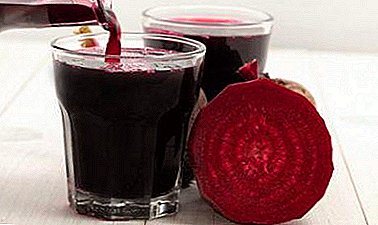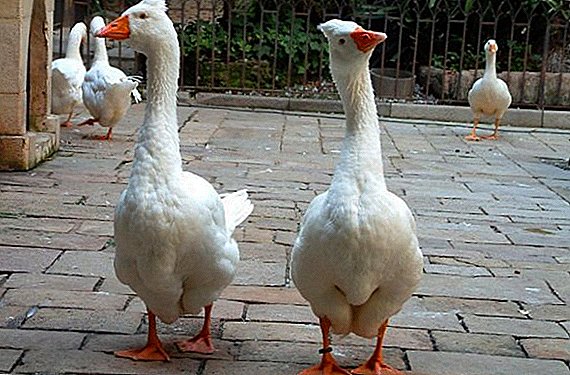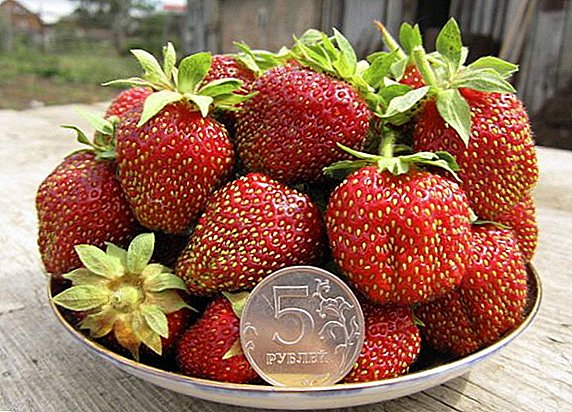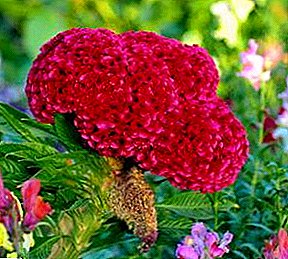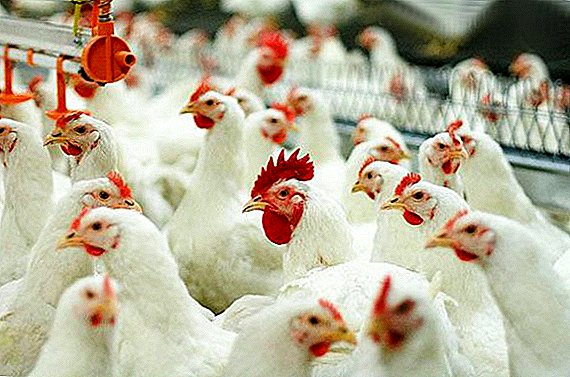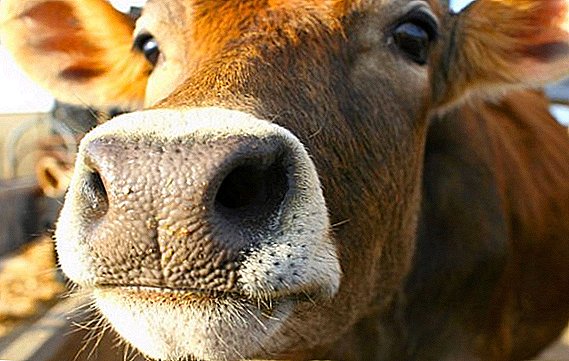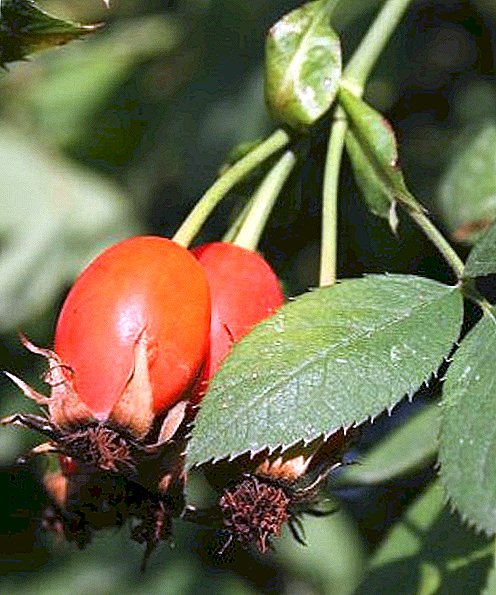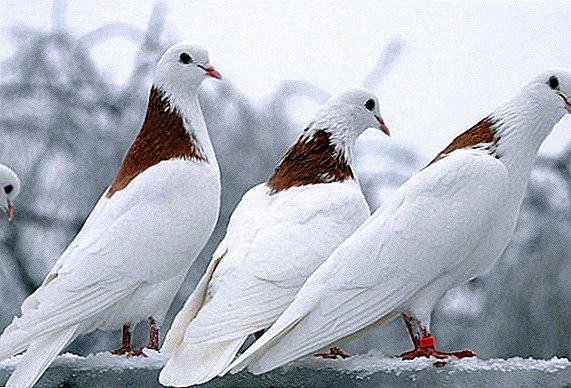 Grivun is a Russian breed of pigeons, which is widespread at present and revered among many professional breeders. The history of these birds, a unique style of flight and appearance will not leave indifferent any bird lover.
Grivun is a Russian breed of pigeons, which is widespread at present and revered among many professional breeders. The history of these birds, a unique style of flight and appearance will not leave indifferent any bird lover.
Breed history
The history of the origin of grivunas begins in the Perm Territory, where in 1930 one M. Subbotin derived the breed by selectively crossing different pigeon representatives.
Did you know? The pigeon's organ of vision is much more developed than the human one. The retina of these birds perceives 75 frames per second, while the human eye is only able to catch 24. When tracking food, birds cannot be frightened by flashes of lightning, close welding or direct bright sun - their eyes are protected by wave connective tissue, which changes the density.
The resulting maned birds had excellent flight qualities, increased endurance, strong immunity and pure blood, for which, ultimately, and gained its popularity. To date, a variety of hryvnia can be found in almost every specialized or amateur dovecote.

The appearance of the Perm representatives
The appearance of the high-flying maned pigeon is unique and accurate in its own way:
- proportional head round;
- large, bulging brown eyes with a characteristic brilliance;
- middle and straight beak, bitee underdeveloped;
- oblong, slightly elongated body (35-37 cm);
- strong neck, smoothly turning into a wide, raised to the top of the chest;
- medium wings, reaching to a dense tail with 12 tail feathers;
Important! Grivunas perfectly oriented in space. With age, they begin to feel the approach of wind, thunder and rain.
- low set torso;
- short pale pink legs without feathers;
- strong bones and well-developed muscles;
- plumage is dense, rigid and smooth;
- color white. On the back of the head there is necessarily a contrasting spot - the main distinguishing feature of the Permian pigeon.

Other types of hryvnia
In addition to the Perm representatives of the hryvnia breed, there are several other varieties whose names are associated with the areas of their residence:
- Southern grivunas come from the Ukrainian Nikolaev. Differ from fellow minor difference in size. The color of their mane can vary from lemon to cherry.
- Kirov birds have significant differences in the color of plumage. Sometimes there may be a completely original appearance, for example, the red color of a feather and a snow-white neck, or completely black grivunas.
- Kazan;
- Yaroslavl;
- Bugulminskie.
Familiarize yourself with the species of high-flying pigeons, forest and wild pigeons, species of stately pigeons, breeds of pigeons, species of pigeons, and the strangest pigeons.
Flight performance
Perm pigeons are highly valued in different parts of the country for their fascinating, beautiful flight. The hryvun rises very easily and quickly, and then uses one of its characteristic styles.

Most often, birds are circling together, but they do not fly equally in length and in wingspan. A solid group of birds evenly rises upward, then several individuals begin to gain more speed and detach from the main flock. Lagging pigeons gradually gather in small groups, and birds often come alone to land.
The strongest and most enduring birds in Perm received the name "diamond" - they are highly valued by golubevodami and cost a lot of money.
Important! Grivunas are able to stay in flight for a very long time, about 7-10 hours. In many ways, this is influenced by the favorable windless weather, but the rain significantly reduces the time spent in the sky.
Rejection and possible disadvantages
Unfortunately, like any other breed, the hryvnia has its drawbacks. They can be easily identified by professional pigeon breeders and divided into permissible and categorically inadmissible (rejection).
Valid
Permissible experts include the following features:
- dark claws;
- eyes with wide eyelids;
- high, feathered paws;
- uneven feather color;
- horizontal rack;
- short or thick beak "owl" shade.

Invalid
Invalid traits indicating a final "marriage" in a breed:
- black beak;
- crested;
- weak and sunken chest;
- wide tail not closed at the end;
- sharp constitution of the body;
- light eyes;
- shortened, tapered or non-closing wings;
- The color of the feather that does not match the breed with a different pattern.
Did you know? According to the annals, even Genghis Khan and Julius Caesar used the ability of pigeons to carry letters. And in the Middle Ages, a good carrier pigeon was equal in price to a thoroughbred stallion.
Despite the minimal exoticism, domestic Permian pigeons are able to decorate any dovecote with their appearance, as well as for a long time to please the host with a high excellent flight.
Manes doves: video
Perm Hryvnas: reviews





